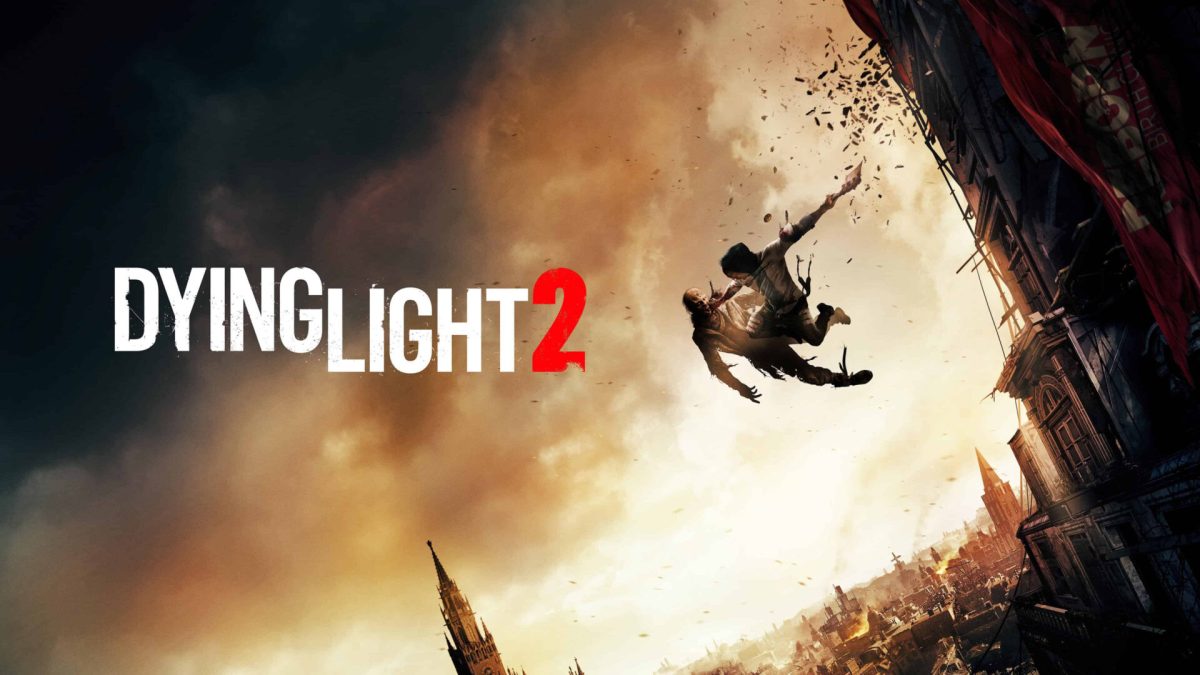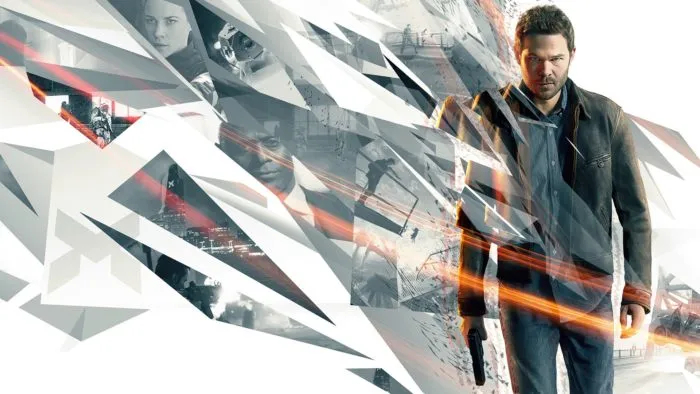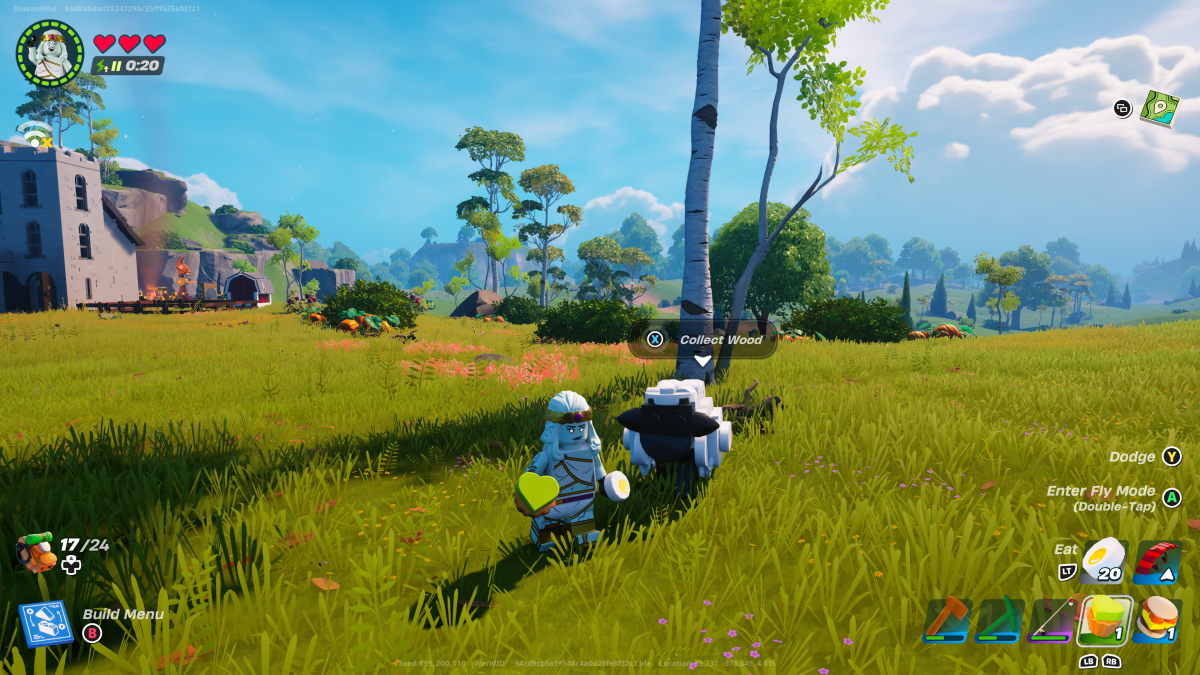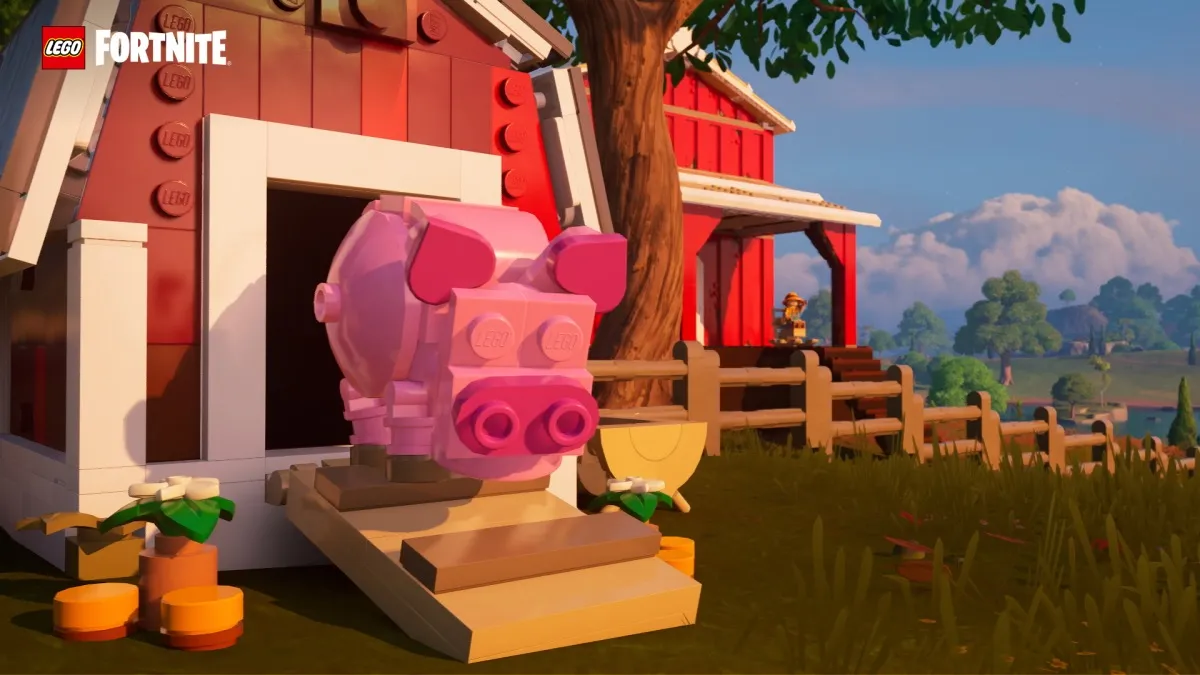Dying Light 2 on PlayStation 5
Following on from the whimsical chaos of its Dead Island IP, Techland’s original Dying Light stood apart from its open-world counterparts for its pleasing combination of parkour traversal and melee combat. It shined as a true gameplay-driven sandbox experience, one that felt clunky, awkward, and slightly unpolished at times but uniquely satisfying and immensely entertaining to control. It was big fun, plain and simple. For its anticipated sequel, though, which has been many years in the making, the developer has sought to add new layers to the formula for something deeper, more engaging, and more complete in nature.
Its solution, as has been the case for so many large-scale open-world games these days, is a dialing up of the role-playing mechanics and the introduction of branching dialog story elements. There are a host of other fine-tunings and gameplay improvements, too, of course, but it’s these two features that are at the core of what makes the sequel grander and more ambitious than its predecessor. Dying Light 2’s open-world is still every bit the exciting playground of the original, but there’s a greater context to its existence and a much larger degree of interaction with the story and characters that bring it to life.
The story follows Aiden and his plight to reconnect with his sister in the city of Villedor, a huge but dilapidated metropolis controlled by two major factions: the Peacekeepers, and the Survivors. Both exist in harmony, more or less, but an uneasy tension exists between them as the city’s resources wane in the face of both the deadly infected creatures who roam the streets and the nefarious Renegade thugs who are a law unto themselves.
As Aiden, players are caught in the middle of their feud as these tensions bubble to the surface in one form or another, and one is frequently given the opportunity to side with either in the form of key story decisions. These shape the overall narrative and determine which characters and which factions prosper to a greater extent.
While I wasn’t able to explore the different options too much due to the lack of a manual save option, it’s clear that my choices certainly locked me out of various story outcomes, and absolutely impacted its conclusion. The notion of uncovering different endings and observing different characters’ arcs unfolding gives me the incentive to go back and play through multiple times.
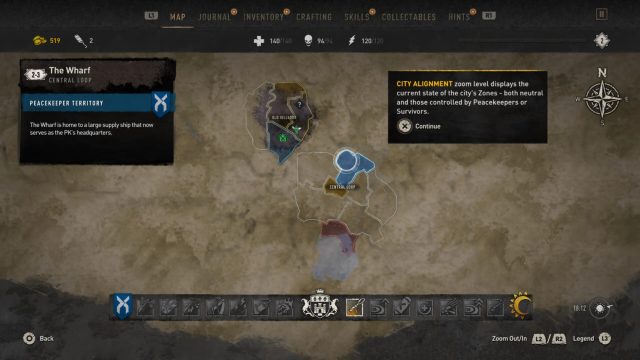
Tying into the narrative decision-making is a city alignment system that governs which territories are controlled by who, and ultimately, which faction Aiden spends more time engaging with throughout the game. Beyond the story, the control of a city territory also has a tangible impact on the gameplay experience as handing control over to one or the other sees different structures built to aid with traversal and combat encounters. Peacekeepers, for example, build offensive weaponry to help Aiden beat back the infected, and it’s fun to see them in action during intense chase sequences at nighttime when things get really chaotic. The Survivors, meanwhile, construct zip lines, air cushions, and other apparatus that make quick escapes and general traversal easier.
City alignment decisions are offered for every Faction Facility Aiden powers up. These are spread throughout the city in the form of electrical stations and water towers, and restoring them involves puzzle-solving of one kind or another. Typically, one is tasked with dragging electrical cables between power outlets and generators, which aren’t too obtuse in nature but do offer sufficient challenge to keep them interesting — as someone who doesn’t normally enjoy puzzle-solving, I actually found them quite fun in combination with the game’s parkour mechanics.
Once you have a Faction Facility restored and have assigned it to either Peacekeepers or Survivors, and Faction Structures you then bring online, such as Windmills (Dying Light 2’s equivalent of a Ubisoft open-world tower) are also brought under that faction’s control. In turn, this offers new side quests and activities concerned with that faction. I really appreciate that while the game allows you to mix story decisions and faction structure assignment bias, the fact that you’re given more in the way of story content for doing the latter ties the two elements together nicely.

Unfortunately, the nature of those additional stories that are unlocked in the process isn’t especially interesting. Narratively, the writing and the dialog itself are decent, but the design of the quests themselves aren’t of the same standard. There is a lot of fetch questing in Dying Light 2, an issue that has and continues to plague many open-world games today but still a problem I had hoped to experience less of — especially with such a heavy emphasis put on questing and storytelling this time around.
The same issue could be said of the main quests, too, which are again well written and feature some great back and forth dialog between interesting characters but are too often underwhelming in design and too predictable in nature. Too many times was I presented with a character who had a problem and needed my help, which then led me to another character who, say, needed something found or collected. It’s the typical, generic open-world quest loop that many acclaimed games are equally guilty of, but that doesn’t make it any less annoying. It’s a trope that a developer as talented as Techland should be doing more to beat back rather than include by default.
Still, at least the story itself is fairly interesting on the whole, and it features more than a few twists and turns that make it more compelling than its predecessor’s. The feud between Peacekeeper and Survivors is superseded by a greater threat and common enemy to the pair which ultimately ends up with Aiden and his mysterious childhood at its very center.
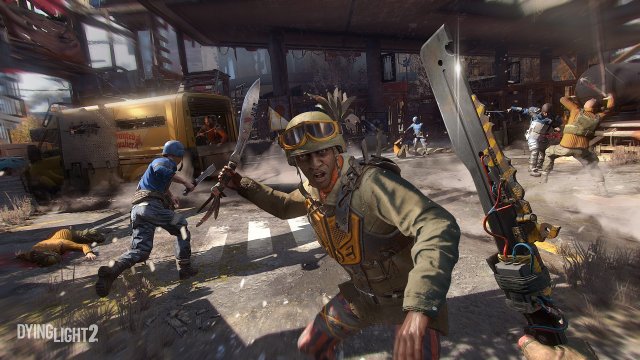
As for the moment-to-moment action of Dying Light 2, its combat and parkour systems have a familiar feel to the original. Of course, eight years on the general flow of the experience feels much improved and generally smoother to handle, and Techland has incorporated new parkour and combat moves that add greater nuance. Although, in the case of combat I still found it a little clumsy to control, and even tougher combat encounters don’t really require too much beyond mashing R2 and dodging from side to side.
There are a plethora of weapons to use throughout the game, each of which can be upgraded with various mods that offer various perks and buffs, but here too I found their application a bit lackluster. Because you’re essentially just hitting the same button over and over, and because there are so many weapons scattered everywhere throughout Villedor, the combat and the weapons used in combat don’t feel particularly special to use.
Parkour, however, is just as exciting as before, and importantly, actually feels fun from the very start of the game, as opposed to the original Dying Light. Parkour points are now earned for completing quests in addition to performing jumps and tricks, which means Aiden is able to string together impressive leaps and generally glide over rooftops sooner. Later, new abilities add even more speed and the chaining together of jump combinations, which in tandem with a paraglider and grappling hook make for hugely entertaining traversal to the extent I basically never fast traveled even despite Villedor’s impressive density.
By the game’s end, when each region is ladened with Peacekeeper weaponry and Survivor apparatus, the city is like a big, beautiful dystopian amusement park in which each building is a thrill ride with no waiting in line.
While combat and parkour skill points, which are poured into a large skill tree, are accrued by completing main and side quests, Aiden’s character level is handled separately. There are three main attributes to level up –health, stamina, and immunity–, and this can only be achieved by tracking down special ‘Inhibitors,’ devices mostly scattered throughout Villedor’s most dangerous locations that can only be visited at night time. These include ‘Dark Zones’ that task you with descending into creepy facilities reminiscent of a Resident Evil Umbrella lab, and ‘GRE Anomoly’ encounters that task you with defeating tough monsters.
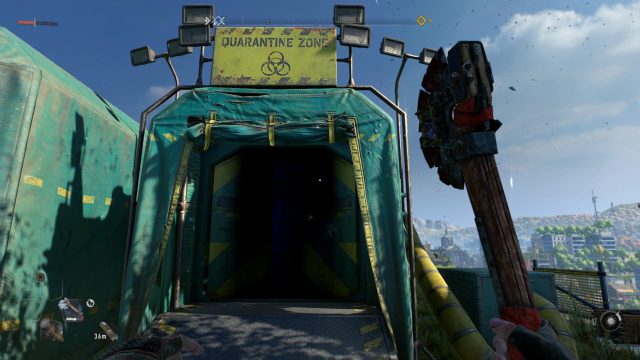
These activities aren’t really optional; it’s impossible to beat the game without completing most of them since Aiden needs a certain level of stamina to climb Villedor’s tallest structures and activate its more challenging Faction Facilities. As a result, tracking down safe zones throughout the open world to use as resting points to make inhibitor runs forms a large part of the open-world gameplay experience, one that I found entertaining initially but did become a little tiresome by game’s end given that most of the Dark Zones and Anomaly fights follow the same beat. More diversity would have been nice, especially given that overall progression is a fairly slow march.
One big change from the original game that’s interesting (and rather disappointing) to note is that running areas of the city at night time doesn’t feel anywhere near as dangerous as it did in the original. I never felt overly threatened by infected throughout the city streets as was the case in the first game, in which the mere sight of the sun dropping below the horizon had the hairs on the back of my neck standing up. This time around, the threat is really only in set locations, which definitely reduces the tension that was such a large part of the original game’s atmosphere.
However, I like that Dying Light 2’s focus on role-playing elements has exploration and item gathering as a focus, rather than combat and parkour. I think drilling too far into RPG mechanics in that regard would have been a mistake, and overall Techland has found a satisfactory middle ground between the sort of depth you’d experience in, say, a Fallout game, and the action of something like Mad Max. It’s RPG-lite, similar to Ubisoft’s modern Far Cry series, which in one sense suits the pace and flow of the experience appropriately but on the other makes it not one thing or the other.
RPG-lite, it might be, but Dying Light 2 is still riddled with the sorts of bugs and performance woes that are perhaps a growing pain of its increased scale and depth of systems. There’s nothing game-breaking or especially frustrating, but there are occasionally missing character models and some stuttering and screen-tearing here and there. I’m certain Techland will address the issues with the usual day-one patch, but it’s still worth noting that while the game overall looks and runs well there are some performance issues.
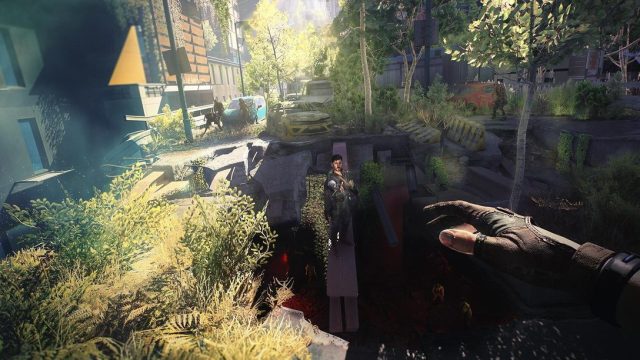
The bigger question as it pertains to the overall success of the sequel, though, is whether Techland has meaningfully expanded on the Dying Light formula in a way that ups the scope of the original without muddying the elements it got so right back in 2014. I think the answer is that it’s a mixed bag. Dying Light 2 delivers a more ambitious iteration of its predecessor, but it’s lost a bit of focus along the way.
The new emphasis placed on storytelling is only partly successful, breathing extra life into the world but ultimately left me wanting for more. The characters and storylines are robust enough, but the design of the quests isn’t varied and the open-world activities eventually descend into repetition along the way. As a result, the added immersion from the story is frequently broken by poor design — it’s one step forward, two steps back.
Overall, though, I enjoyed my time with Dying Light 2 and found it an entertaining open-world experience that I want to keep playing beyond the 30 or so hours I put into the main storyline. Techland has plans to support Dying Light 2 with five years of post-launch DLC, which is a pledge I’m certain it will deliver given its resume with the original. My hope, then, is that its future content doubles down on the intrigue of the new choice/consequence branching dialog but delivers better and more varied questing to make the unfolding of these stories more engaging.
- Excellent parkour gameplay that makes open-world traversal extremely fun
- Decent writing and engaging choice/consequence branching dialog
- A pretty open world that is vibrant and enticing to explore
- The design of the games many quests isn't especially complex in nature, and there's too much reliance on fetching.
- Some minor performance issues, such as disappearing character models and occasional loading slowdown
- Slow progression and some tedious open-world checkbox activities are annoying

